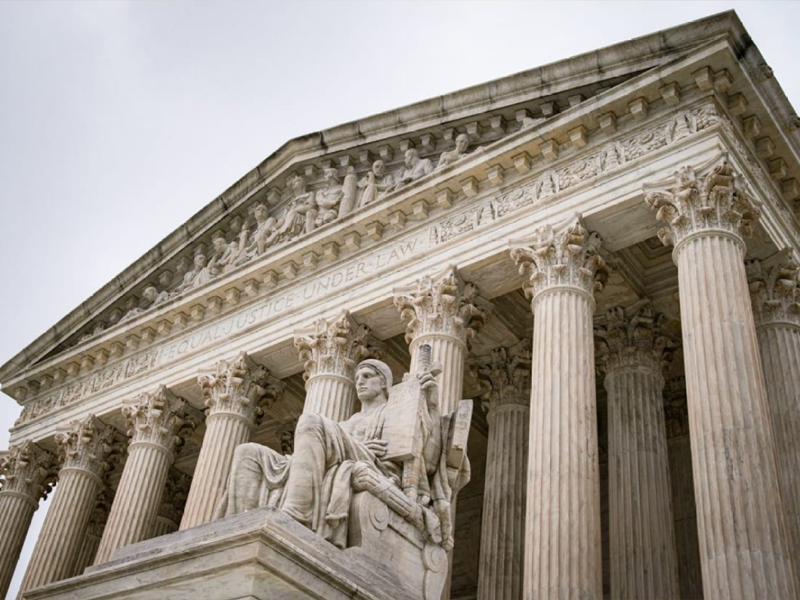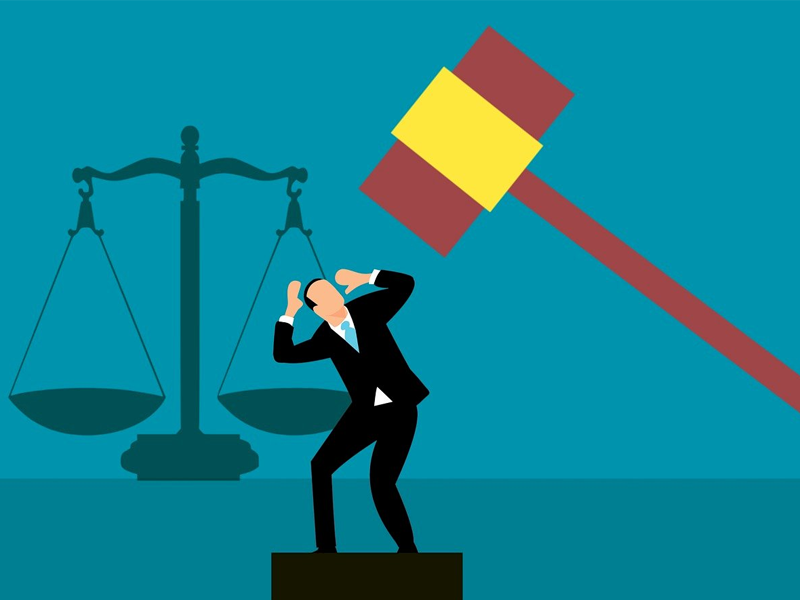It is often said that the courtroom represents the essence of justice, where truth is pursued, and fairness is expected to be served. However, for many people, the reality is different from this ideal. Despite being designed to provide equal justice to all, the American judicial system can sometimes cast a shadow of injustice over those who appear before it.
This blog seeks to bring to the forefront the issues in the system, highlighting the difficulties and inequalities that people experience while dealing with the intricacies of courtrooms.
The Ideal vs. The Reality
In theory, the American judicial system is built on principles of impartiality, due process, and equal protection under the law. However, the reality for many is starkly different. From racial disparities to economic inequalities, the system often tilts against the vulnerable, leaving them grappling with a sense of injustice that echoes through the corridors of the court.
Racial Disparities
One glaring issue that continues to plague the American judicial system is racial bias. Studies have consistently shown that people of color, particularly African Americans, are disproportionately affected at every stage of the legal process – from arrests to sentencing. The blindfolded Lady Justice, supposed to be impartial, sometimes peeks through the cloth, allowing prejudice to seep into decisions that should purely be based on the case’s merits.
Economic Inequality
It is worth examining the impact of economic status on legal outcomes, as it is another aspect of the system that merits scrutiny. The ability to afford a high-powered attorney often becomes a determining factor in whether justice is served, creating a two-tiered system where those with means can easily navigate the legal labyrinth, while others are left to fend for themselves or rely on overburdened public defenders. This economic disparity raises questions about whether justice can truly be impartial.
Overburdened System
The American judicial system, burdened with a staggering caseload, struggles to provide timely resolutions. This backlog infringes on the right to a speedy trial and places immense pressure on defendants, many of whom may languish in pretrial detention for extended periods. The strain on the system also affects the quality of justice, as overwhelmed judges and attorneys may not have the time or resources to give each case the attention it deserves.
Unequal Power Dynamics
Within the courtroom, power dynamics play a pivotal role in shaping the outcomes of trials. Prosecutors, often armed with vast resources and experience, wield considerable influence. This can tilt the scales of justice, leaving defendants, particularly those without adequate legal representation, facing an uphill battle. The question arises: is justice truly blind when the balance of power is so uneven?
The flaws in the system disproportionately affect ordinary citizens, casting a long shadow of injustice. The path forward requires a collective effort to address systemic issues, foster transparency, and uphold the principles upon which the American judicial system was founded. Only then can the courts truly become the bastions of justice they were meant to be, providing an open view for all who seek fairness and equality before the law.
Carmelo Pinnavaria’s book, ‘Court Vs. Pro-se’ underscores the significant absence of empathy in the legal system, portraying how individuals without legal representation are dehumanized and subjected to a demeaning process. It is a must-read book that discloses the truth and injustice of the secret society that controls the world.





